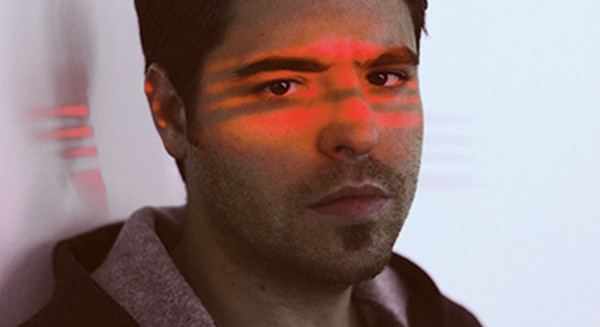Gui Boratto: Brazilian Architecture
You may be familiar with the saying (often attributed to Elvis Costello) “writing about music […]
Gui Boratto: Brazilian Architecture
You may be familiar with the saying (often attributed to Elvis Costello) “writing about music […]

You may be familiar with the saying (often attributed to Elvis Costello) “writing about music is like dancing about architecture”–the idea being that words aren’t able to capture the essence of music any better than moving around in a club captures the essence of a building. But dancing and architecture have more in common than one might think, especially when Brazilian techno producer Guilherme “Gui” Boratto is involved.
Boratto graduated from college with a degree in architecture and urban planning in the early ’90s. He had been a music fan for most of his life, reared on Black Sabbath, Kiss, Whitesnake, and Led Zeppelin as well as the canon of ’80s synth bands (Echo & The Bunnymen, New Order, Depeche Mode).
In 1993, Boratto ditched blueprints for his first love: making music. He didn’t unleash his techno straight away, embarking instead on a career writing commercial jingles and handling production and engineering duties for the like of Manu Chao, Gal Costa, Kaleidoscópio, Desiree, and Garth Brooks. Harsh deadlines kept him in check; up until relatively recently, he made techno “just for pleasure.” “Three or four years ago, I sent a CD to Kompakt, containing ‘Arquipélago’ and ‘Simetria,'” Boratto explains of his change of heart. “Michael [Mayer, Kompakt’s cofounder] just loved those songs.”
In late 2005, Kompakt‘s sub-label K2 released “Arquipélago” to widespread critical acclaim and DJ praise. Suddenly, Boratto was a rising star, getting even more attention when that song, and his 2006 single “Like You,” were included on Kompakt’s annual compilation of their best releases, Total 7. The label asked for a full-length and got it; Boratto’s debut, Chromophobia, was released at the end of February. It’s an important milestone for Brazilian techno and is already vying for a spot in many Top 10 of 2007 lists.
Chromophobia boasts 13 tracks that range from delicate, almost-ambient techno to electro-pop to full-on hand-raisers, the one constant being subtlety. Boratto uses multiple time signatures in many songs, a tactic especially evident on “Terminal,” “Gate 7,” and the mind-warping “Mr. Decay,” where multiple drum patterns, synths, and sub-bass fight for your attention. Besides being fierce and rhythmic, Chromophobia is always melodic, which keeps the club bangers from being too harsh, and makes the gentle tracks even prettier. And with repeated listens–on headphones, the home stereo, and the club system–each song shows layer upon layer of detail and a precise construction that suggests Boratto is still putting his degree to good use.
“I think math is really present in both [music and architecture],” says Boratto. “The point of view of spaces, full and empty, is pretty much the same.” Hell, if you were to count and time some of these polyrhythms, you could probably calculate the volume of some dance club in downtown São Paulo. Then again, you could just dance.

